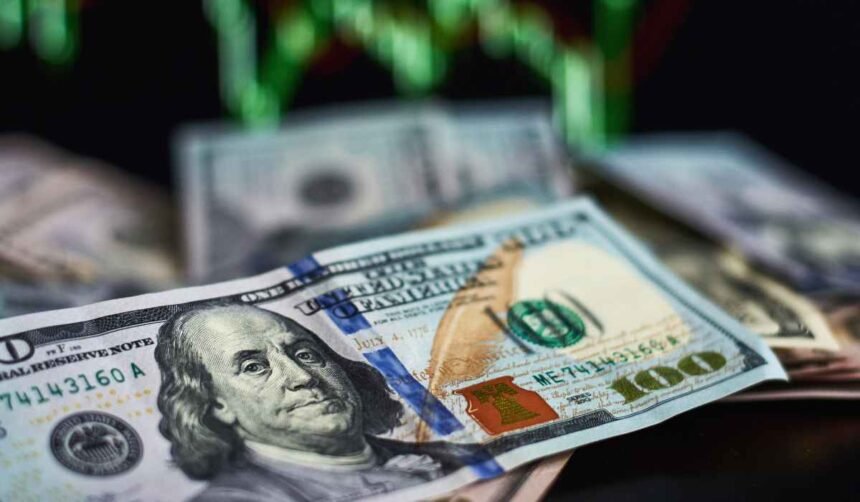In the ever-shifting landscape of global markets, the dollar recently took a step back from its six-month high, setting off a chain reaction of uncertainty and speculation. Dovish comments from Federal Reserve officials have reignited conversations about the direction of interest rates and the potential impact on economies worldwide. Here’s a comprehensive look at the recent developments and their implications.
The Bloomberg Dollar Spot Index, a key indicator of the dollar’s strength, retreated by 0.1%. This move followed statements made by John Williams, the President of the Federal Reserve Bank of New York, who suggested that U.S. monetary policy is “in a good place.” These remarks contributed to the easing of the dollar’s bullish momentum.
Simultaneously, the global stock markets experienced fluctuations. Europe’s Stoxx 600 Index showed signs of weakness, potentially heading for its eighth consecutive day of losses, a streak not seen since 2016. Futures for the S&P 500 and Nasdaq 100 also slipped by 0.1%. These market movements reflect the unease among investors.
The turmoil in stock markets this week is, in part, attributed to data indicating a deepening economic downturn in both Europe and China. Investors have been particularly pessimistic about European markets, which have seen a staggering 26 weeks of continuous investment outflows. Bank of America Corp. highlighted this concerning trend in a recent note.
One of the most prominent narratives this week has been the stark contrast in economic growth prospects between the United States and the rest of the world. The Bloomberg Dollar Spot Index continues to be on course for an eighth consecutive week of gains, marking the longest winning streak since data collection began in 2005.
Laura Cooper, Senior Investment Strategist at BlackRock International, expressed her surprise at the recent strength of the dollar. She stated, “The dollar upside we have seen recently has surprised our expectations.
We question the sustainability of that, largely as we look forward to the Fed, we think it is going to signal a hawkish pause.”
John Williams of the New York Fed acknowledged that the central bank’s policies have been effective in balancing demand and supply while also mitigating inflation. He noted that the Fed has “done a lot” by significantly raising interest rates.
However, he emphasized the need for the central bank to adjust its policies if necessary to ensure inflation remains sustainably close to the 2% target.
China’s offshore-traded yuan has been inching closer to its historical lows. Additionally, a reduction in the daily reference rate has fueled speculations that Chinese officials might be comfortable with a gradual depreciation of their currency. This development raises questions about China’s approach to managing its currency’s value amidst broader economic uncertainties.
In the midst of this financial turbulence, energy markets have also made headlines. European benchmark gas prices surged by as much as 11%, adding further pressure to consumers and businesses already grappling with rising energy costs.
Brent oil hovered around $90 a barrel, signaling concerns about the global energy supply. Notably, liquefied natural gas workers at key Chevron Corp. sites in Australia initiated partial strikes due to failed labor negotiations.
As global markets continue to react to shifting economic conditions, the dollar’s retreat from a six-month high and the subsequent market turbulence have cast a shadow of uncertainty over investors.
The divergence in economic growth prospects between the United States and other regions, coupled with ongoing concerns about energy markets and currency values, creates a complex and dynamic environment. Investors and policymakers alike will be closely monitoring these developments as they navigate the ever-evolving landscape of global finance.





